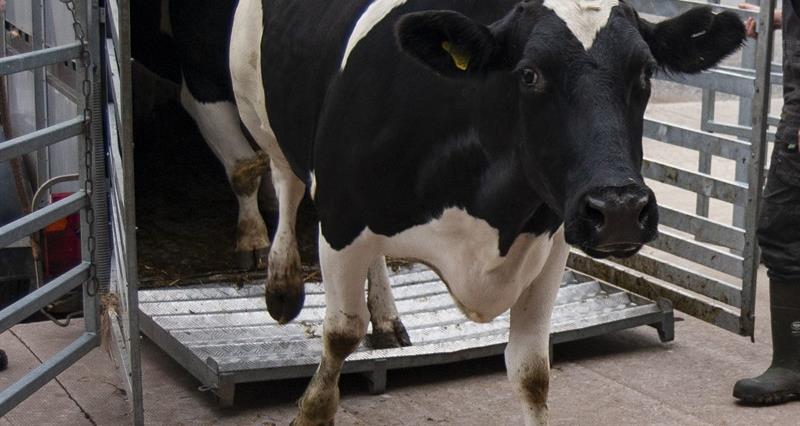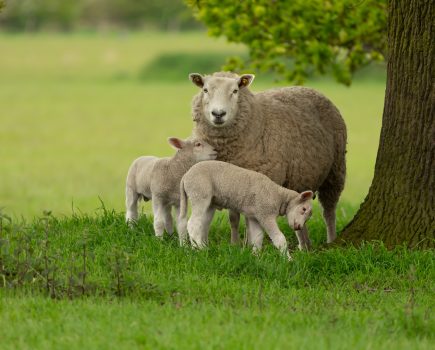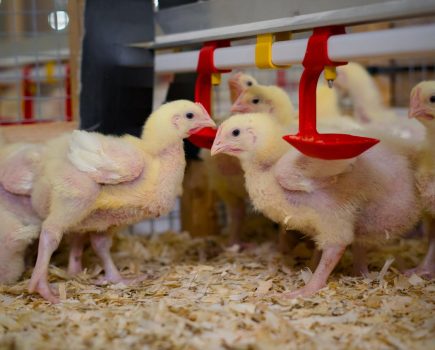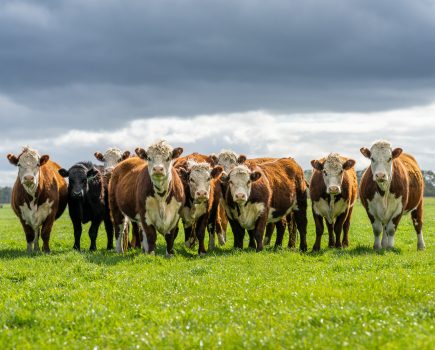Due to the extremely hot temperatures affecting much of the country, our advisers have put together a short page on the legal responsibilities related to temperatures during animal transportation, alongside the recommended guidance for best practice.
Good practice
- Keep the journey as short as possible and plan your route/time properly, according to weather condition and likelihood of delays.
- Reduce stocking density wherever possible and maximise manual or automatic ventilation systems.
- Check animals during the journey and meet their needs (e.g. water) if safe to do so.
- Make sure the animal is fit to travel (e.g. not heavily pregnant or very young, ill or injured)
- Give due consideration for animals with full fleece or heavy coats (e.g. travel in cooler times of day, reduce stocking density or avoid travelling altogether if possible).
Legal responsibilities
EU Law 1/2005 – Protection of animals during transport (which still applies in UK)
- Means of transport must be maintained and operated to protect from extreme temperatures and adverse changes in climatic conditions.
- Animals must only be transported in conditions where temperature can be maintained within appropriate range for the entire journey, with regard for the species of animal.
- For all long journeys of more than 8 hours (derogated to more than 12 hours by UK law):
- Water supply within the container to be provided whenever necessary and so that each animal may have access.
- Ventilation (passive or active) systems capable of maintaining temperatures between 5°c and 30°c +/- 5°c tolerance, when stationary or moving.
- Temperature monitoring systems.
Welfare of Animals Transport Order 2006 (England)
- It is an offence to transport in ways which cause or are likely to cause unnecessary suffering (this includes hot weather).
- Transport in conditions and by means appropriate for the species concerned.
Welfare of Animals (Transport) (Wales) Order 2007
- It is an offence to transport in ways which cause or are likely to cause unnecessary suffering (this includes hot weather).
What does this mean in practice?
It is not currently a legal requirement to avoid transporting in external temperatures greater then 30°c or to provide water for all journeys, and internal temperature limits stated above only apply to long journeys greater than 12 hours.
Nevertheless, it is highly inadvisable to transport during the warmest hours of the day during a heatwave, as the livestock compartment will rapidly heat once animals are loaded. Both active and passive ventilation systems will be challenged by the high ambient external temperatures, even when a vehicle is moving.
Transportation of unacclimatised animals in very warm weather increases the likelihood of adverse consequences and places greater pressure on a transporter’s legal responsibility to protect welfare, which may unexpectedly be increased by factors outside their direct control e.g. traffic delays.







